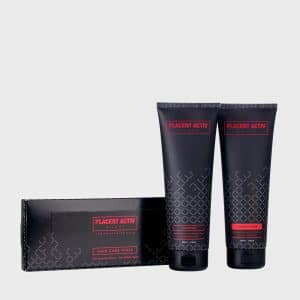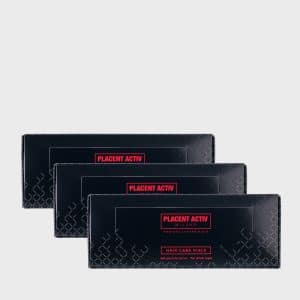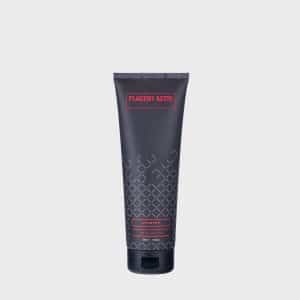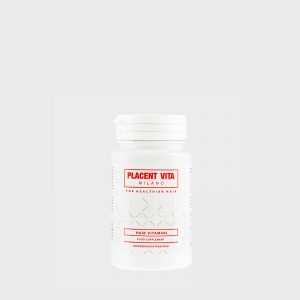There are several types of hair extensions. All of them serve to add length and volume to your hair. What they differ in is mainly the application method. Depending on the durability, naturalness and price of the extensions, each method has its pros and cons. But what is most important is hair-friendliness – and this depends on the type of application precisely.
The most common are the hair extensions that are applied with the help of keratin, micro rings, tape, threads or clips. It is thought that application methods that require heating or a strong glue are the most damaging to your own hair. Indeed, similarly to the powerful curling iron, heating the hair is not too healthy for it. Other methods for applying hair extensions without the use of heat or chemicals are considered less harsh. But even those are not completely safe still.
The damage that occurs with all hair extensions is mechanical stress. In other words, the tugging and the constant strain. If the hair extensions are applied correctly and taken good care of, there is no need to worry too much. But it is surprisingly often that these rules of thumb are violated.
An experienced expert should help choose the method of application. And you should definitely listen to what she recommends. Many women want to have extensions to enjoy a full head of hair up to the waist. If the hairdresser says the customer’s own hair is thin and fragile, and recommends a shorter length, there is a reason for that. Your own hair needs to be able to withstand the pressure of the hair extensions. Otherwise, the hair will just break or fall out. The roots may get so damaged that a new hair will not grow instead of one that has fallen out.
This kind of damage is called alopecia. It is not fully possible to list all the causes for the formation of alopecia, but constant mechanical stress is definitely one of the factors. In women with hair extensions, alopecia occurs in the form of bald spots. The spots appear on the scalp in the places where the fasteners have repeatedly been attached. This may start a vicious circle where more extensions are applied to hide the bald spots. If the alopecia is irreversible, the only treatment is the very expensive hair transplantation.
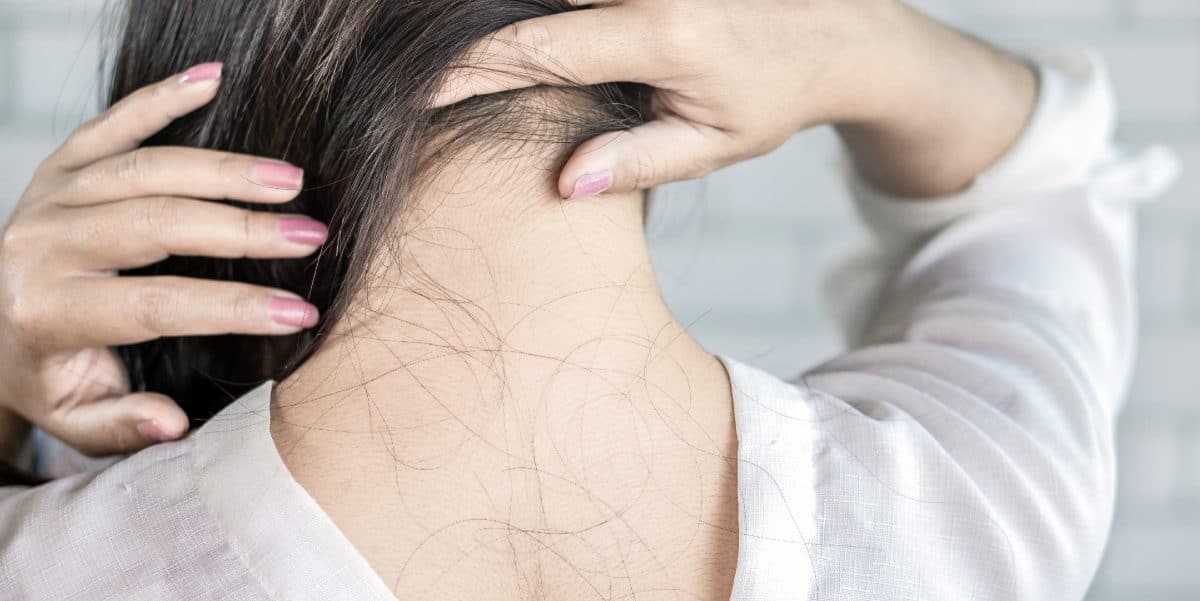
Balding due to alopecia is also a risk for those who do not take maintenance too seriously. Of course, regular maintenance of your extensions is troublesome and anything but cheap. So, many do it less often than they should. But is it a problem if the extensions are applied correctly? In short – yes, it is.
A certain number of hair falls out every day and in a natural way. And some fall out from the hair wisps to which the extensions are attached, and it doesn’t matter which way. This has been taken into account when deciding on maintenance appointments. If the recommendations are ignored, the remaining hair will have to endure excessive strain, which may cause alopecia.
Even frequent maintenance and the application of all cautionary measures does not guarantee 100% safety. Even the wealthiest and most beauty-aware celebrities have been devastated after wearing hair extensions. The super model Naomi Campbell, for example, has publicly talked about having lost most of her natural hair due to hair extensions. According to her, she has been paying great attention to caring for her own hair since.
How to tell whether hair extensions have had a devastating effect on your own hair or not? It is very complicated. Hairdressers know that after hair extension removal, the customer always feels like their own hair is unexpectedly thin. That’s because they are used to the new hair thickness. But it is very important to adequately assess the hair loss because it is a decisive factor in how long your own hair needs time off. Who has once had hair extensions will want them again – this is more of a rule than an exception.
So, it can easily be said that one of the risks involved in having hair extensions is addiction. The sudden jump from short hair to long feels nice and is not hard to adjust to, whereas a change the other way round might be much harder psychologically. But in order to make sure your hair is healthy, plenty of rest should be given to it in between the extensions.
The hair recovering from extensions should be pampered a lot. There are shampoos and conditioners available in salons and pharmacies to revitalise the hair. In your fridge or pantry, you can find some natural boosters such as eggs or honey to make your own hair masks.
But if you decide to stay true to your natural beauty as exemplified by Naomi Campbell, you can help your hair with growth boosting products.
